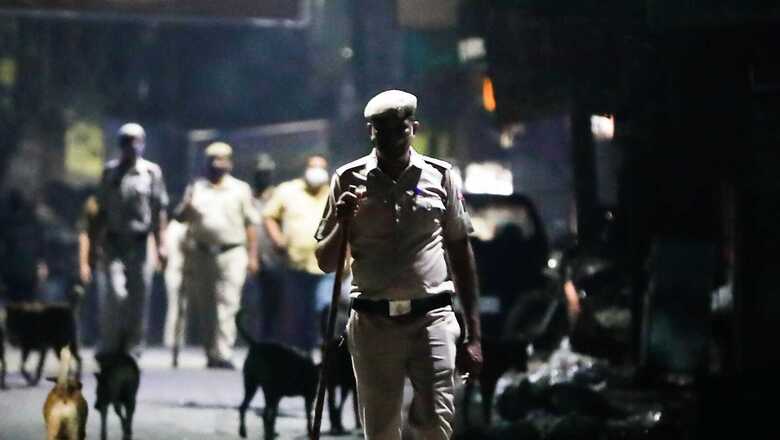
views
Authorities found the bodies of a 35-year-old woman and her seven-year-old daughter in the bathroom of their house in Bengaluru’s Ganapathi Nagar area on Saturday. The police suspect that they may have died due to suffocation caused by the leakage of carbon monoxide gas from their geyser.
The woman’s husband had tried calling her multiple times that day but she didn’t pick up the phone. He alerted his landlord, suspecting something was amiss. The house door was locked, but the landlord managed to find access through a window. He saw the washroom door was bolted and informed the husband and the police, after which the bodies were found.
Over the years, several such incidents have been reported from across the country. Here’s a Q&A to ensure the safety of your family if you are using a gas geyser at home:
Have you checked the model of the gas geyser?
A gas geyser has to be manufactured and tested in accordance with all the requirements of valid editions of IS 15558 and/or BS EN 26 standards, and the manufacturer should possess a valid BIS licence for geysers manufactured in accordance with IS 15558 standards.
Are any approved gas geysers available?
Yes, a customer can purchase any BIS-approved gas geyser of any model/brand from an original equipment manufacturer (OEM) or their authorised distributor. You should only use recommended commercial gas cylinders.
Have you checked out the gas geyser’s water capacity and working pressure?
The maximum capacity of a gas geyser will be 10 litres of water per minute and operating at a normal working pressure of 21 mbar (g).
What are the minimum safety features of a gas geyser?
The appliance will have a flame-failure device, controlling the admission of gas to the main burner and possibly to any ignition pilot, in case flame is extinguished. The water heater will have a suitable overheat protection device, which will switch off the supply of gas if the temperature of the delivered water reaches 95 degrees Celsius; the gas supply will be restored manually. The appliance will operate with a tap fully open at a gas inlet pressure of 21 mbar (g) without the flame extinguishing, blowing off, or striking back and without the formation of soot. It will have a sensor that can detect oxygen and/or carbon monoxide (CO) at the same time.
Which is the safest place to install a gas geyser?
Gas geysers should only be installed in areas like kitchens, living rooms, utility rooms, halls and passageways with proper ventilation, and not inside the bathroom. They can be installed in bedrooms/bed-sitting rooms, provided the room volume is greater than 20 cubic metres and ventilation requirements are fulfilled. A gas geyser should be installed at such a height that it can be switched off easily. No gas geyser is permitted to be concealed. Installation and connection of the water pipeline to the geyser needs also to be planned by the customer while deciding the location of the geyser.
What are the ventilation requirements?
Gas geysers should be installed in an area with adequate ventilation. As a guide, a minimum ventilation area of 4% of the internal floor area of the room must be provided. The gaps under and around the door, windows and ventilators provide adequate ventilation to the rooms of normally occupied individual domestic dwellings.
Read all the Latest India News here




















Comments
0 comment